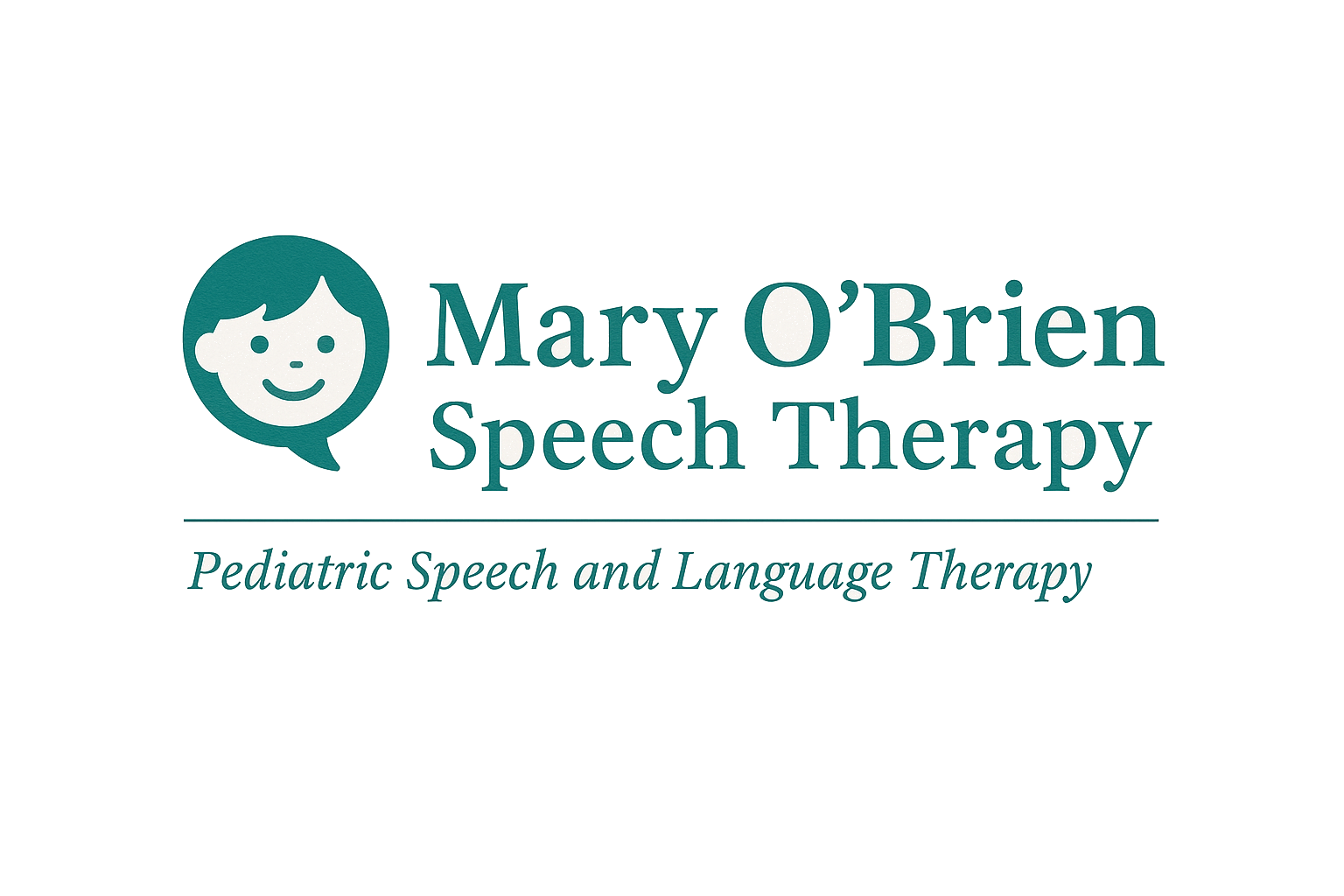Fluency/Stuttering
Trusted Speech Therapy in Chicago IL
Helping Children Achieve Their Clear Speech Goals
Fluency - (AKA Stuttering)
Stuttering can be treated. The earlier treatment starts, the more effective it is long term.
When stuttering begins in a child, it can be frightening.
Stuttering usually begins in childhood, between the ages of 2 and 5 years. While some will recover by age 7 or 8, 1 out of every 100 children will be left with long-term stuttering.
However, stuttering is something that can be improved or practically eliminated. There are plenty of famous people that went on to overcome their stuttering such as Nicole Kidman, Rowan Atkinson, Harvey Keitel, and Marilyn Monroe. They all took lessons and got help with their stuttering and you probably would have never known that they stuttered if you hadn't read this! But the key is therapy. The earlier you start, the more effective the therapy will be.
Contact us today to find out how we can help you or your loved one speak with more fluency and confidence!


How Do We Help Children Who Stutter? Read More Below.

STUTTERING THERAPY
Customized Plans for Each Child.
We partner with families, teachers, and the child for comprehensive treatment.
We start with a collaborative assessment: case history, speech samples across settings, rating of frequency/tension/secondary behaviors, and impact on participation. They explain what stuttering is (a difference in how speech is timed and coordinated), de-myth it, and set goals that are functional—e.g., “order in a noisy café,” “answer in class,” or “introduce myself without avoiding.” With preschoolers, therapy is family-centered and often uses programs like Lidcombe or Palin PCI, focusing on positive feedback for smooth speech, reducing time pressure, and supporting confident communication.
Treatment blends two evidence-informed paths: fluency shaping and stuttering modification. Fluency shaping builds easier speech patterns (e.g., easy onset, light articulatory contacts, prolonged speech, controlled breathing), practiced first in simple words/phrases and then in real situations. Stuttering modification targets moments of stutter directly—cancellations, pull-outs, and preparatory sets—to reduce struggle, tension, and loss of control. For school-age kids and teens, therapy often adds desensitization (gradual exposure to feared words/situations), cognitive-behavioral strategies for worry/avoidance, and practical communication skills (turn-taking, repair strategies). Adolescents may use structured programs (e.g., Camperdown-style speech pattern training) adapted to their goals.
Generalization is planned from day one. Caregivers/teachers are coached to slow the pace, model turn-taking, and respond to content rather than “perfect speech.” The SLP builds a practice hierarchy (easy → hard contexts), assigns brief daily tasks, and tracks outcomes (self-ratings, participation, and real-life successes), adjusting targets as confidence and control improve. When helpful, the clinician coordinates classroom supports (extra response time, alternatives to timed oral reading) and pairs speech tools with self-advocacy so the child can communicate effectively—even when stuttering happens.
Learn more about communication skills and disorders at the ASHA website.
REQUEST AN APPOINTMENT
Learn more about our effective speech and communication therapy for children
Fill out the form and we will contact you during our working hours.
